Let's talk about Art # 3: History and Evolution of the Music
Hello everyone, today I bring you the 3rd edition of "Let's Talk about Art", this time we will talk about the history and evolution of music, information that for all people who love music, is very important.
Music is one of the artistic means by which we can express our being and our feelings, through sounds and voices that when combined produce a melody.
It is the art of combining vocal or instrumental sounds, to express a pleasing symphony. Which transmits the beauty of the person, that is, his being. Due to the wide evolution of music, today we have an endless number of styles or musical genres, with which we can express our emotions and feelings.
Origin of the Music
The origin of this art is unknown, because before in antiquity no instruments were used to interpret it, but the human voice. It can be inferred that music could have been created when language was created, that is, in prehistoric times.
Evolution of the Music
PREHISTORIC AGES (Does more than 50.000 years)
It is said that the manifestations of music come from prehistory, because anthropologists have been able to verify that music is as old as humanity itself.
The way in which they transmitted the art of music, was by vocal sounds and some sounds produced by thumps of branches of trees, bones or some other object that they obtained in the nature. The music was used at that time primarily for religious rituals performed around the fire.
MIDDLE AGES (V- XV Century)
Medieval music is formed by two main periods: the Romanesque and the Gothic. Within medieval music we can see different musical phenomena, such as Gregorian chant, profane music and polyphony. Next I'll tell you a little about each of these musical genres of medieval music.
Gregorian Singing
The Gregorian chant is a musical genre that consisted mainly in vocal music, that is, in the human voice. Canto that was focused mainly on the religious thing, reason why it was not possible to express desires or aspirations. It is worth noting that this style of singing could not be accompanied by another harmony, because it was monodic, that is, of a single melodic line in which no other instrumental harmony intervenes.
It can be said that the Gregorian chant has the peculiarity of not going to the rhythm of the compass, that is to say, it is a freestyle.
Antiphonal: Two choirs of monks alternated the song.
Responsorial: Choir and soloist alternate the song.
Direct: Only sing a choir or a soloist.
Syllabic: If a note is sung for each syllable in the text.
Tire: If each has between two and three notes
Melismatic: when each syllable of the text is adorned by several distinct notes, sometimes very numerous.
1. It is the official music of the Roman Church.
2. It is a monodic song.
3. Your handwriting is in Latin.
4. A capella is sung.
5 Only male voices intervene.
6. Its origin is in the early Christians.
Profane Music
Although religious music was the most important during the Middle Ages, there was also another type of music that had no relation to worship or religion. We are talking about profane music, which was played by two types of characters: The troubadours and minstrels, who received different names depending on the territory in which they were.
The troubadours were of great importance in France and Spain, they belonged to a high social class and insisted on distinguishing themselves from the minstrels, since they considered them of worse condition. Usually the troubadours compose and sing their own works, whereas the juglares only interpret because they do not have formation nor faculties to compose. The main theme of his poems is that of Platonic love.
The minstrels were traveling musicians who not only played instruments and sang songs but also performed all kinds of activities to amuse the people (jokes, magic, acrobatics), they were low class, they simply copied and plagiarized the songs of the troubadours because they could not compose.
Polyphony:
Until the fifteenth century all the music created was monodic, and a new revolutionary genre emerged Polyphony. Art that had as difference of the monody, the combination of several different rhythms simultaneously.
Organum: It is the most primitive polyphonic form, is to add a voice in movement parallel to the Gregorian chant.
Discantus: It was born in the XI century. Unlike the organum, the two voices no longer move in parallel but in opposite motion.
Instruments of the Middle Ages
Of Rope:
The Rabel
The Organistrum
The Viola
Of wind:
The Platerspiel
Medieval Speakers
The Chirimía
Percussive:
the Tejoletas
the Darbuka
The Tambourine
MODERN AGE
Modern music is the name given to the musical trends that emerged during the first half of the twentieth century (known as modernism), located a little after romanticism. At this time the music was focused mainly on innovation and the abstract, something that in the classicism and in the baroque was not valued.
The history of music in the twentieth century is a series of attempts and experiences that give rise to a number of new trends, techniques and, in some cases, also the creation of new sounds, all contribute to the sea one of the periods more exciting music history While music in earlier periods could identify one and the same style, common to all composers of the time in the twentieth century appears as a complete mix of many trends.
Most tendencies share one thing in common: a reaction against the romantic style of the nineteenth century. This fact has caused that some critics describe the music of century XX like "anti-romantic". It is worth mentioning that modern music is composed of short and fragmented melodies, with a vigorous and dynamic rhythm.
Instruments of the Modern Age
Of Rope:
Guitar
Cello
Fiddle
Aerophones:
Clarinet
Flute
Trombone
Percussive:
Battery
Bongos
Cabasa
In summary the music had a very important evolution, which allowed us to give rise to many concepts and approaches of what music is, thus giving a great variety of styles and musical genres that today we use to express our feelings, emotions and thoughts .
I hope you have enjoyed this 3rd Edition of "Let's Talk about Art", as well as give it upvote, comment and give you resteem to this post!
Reference
http://www.educatube.es/%C2%BFcual-es-el-verdadero-origen-de-la-musica
https://musicaenlaedadmedia.wordpress.com
http://historiadel.net/la-musica-moderna
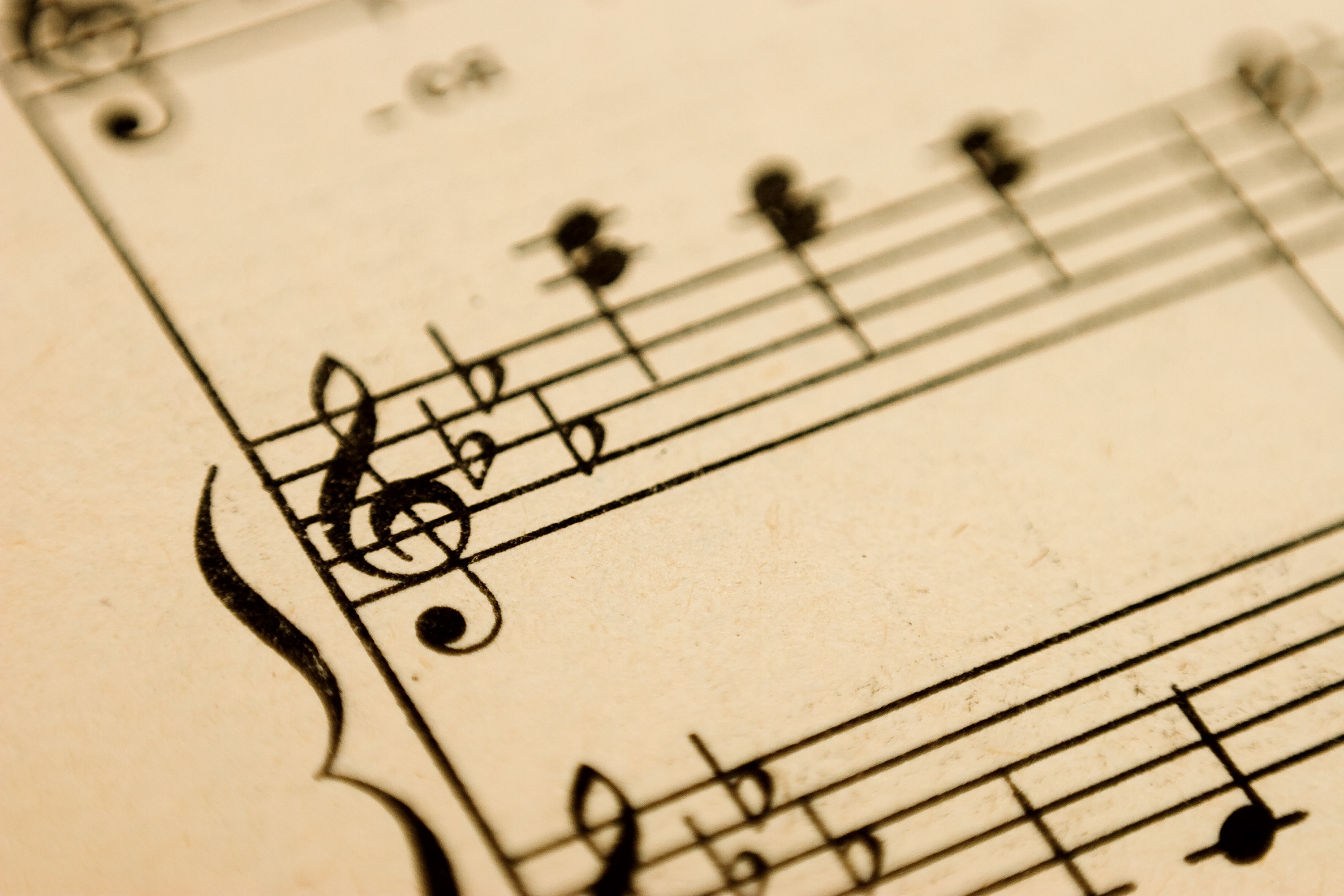
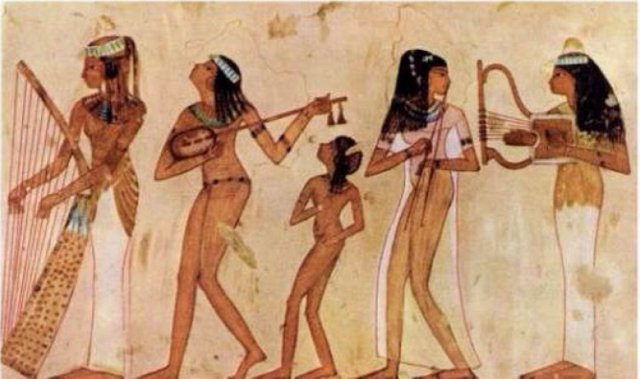
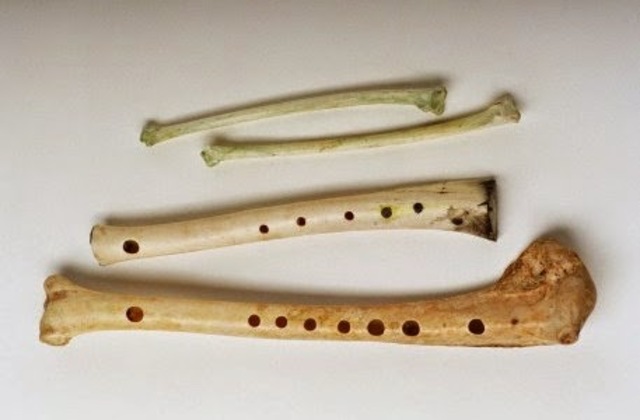

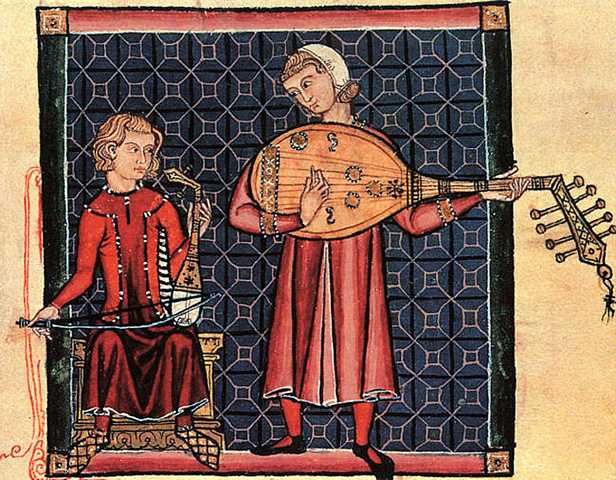
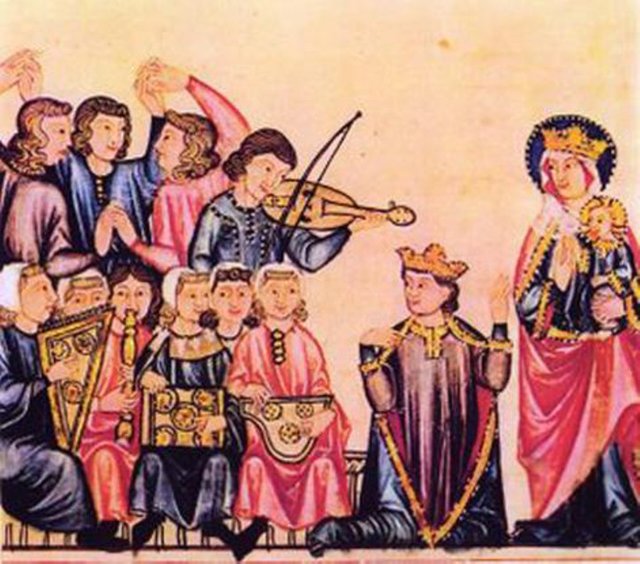
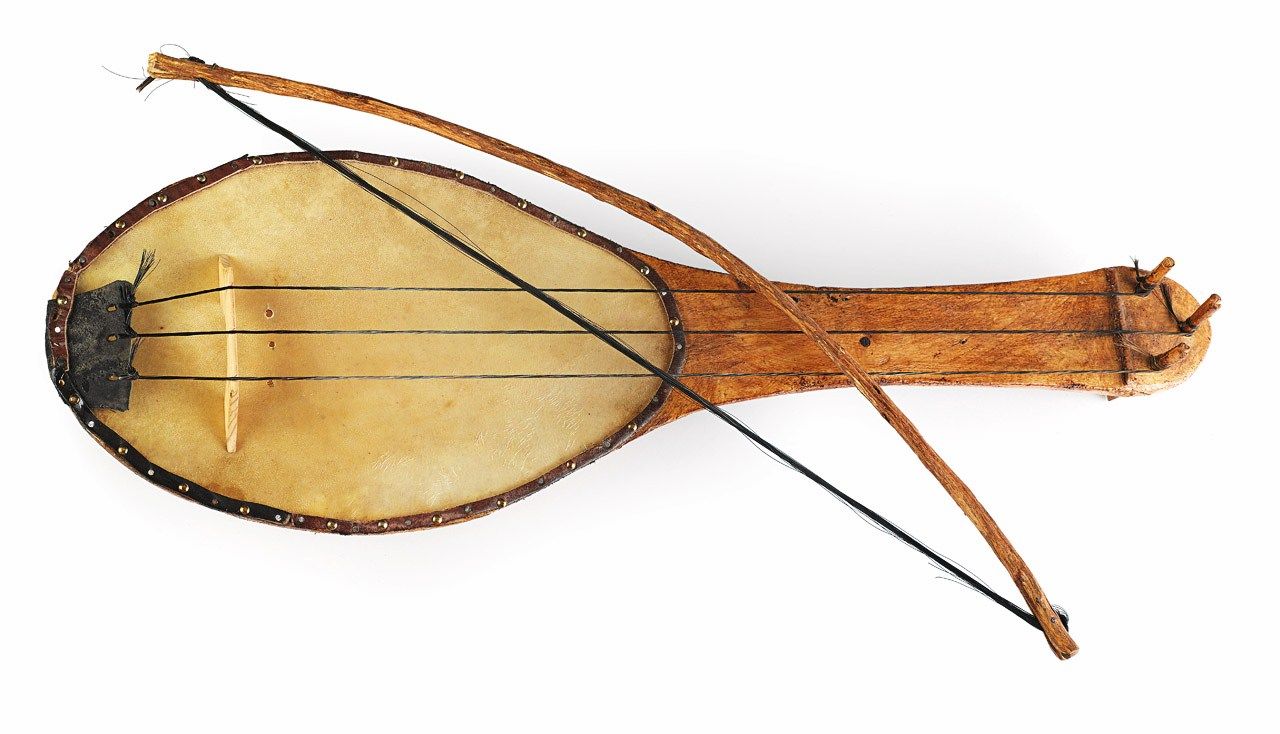
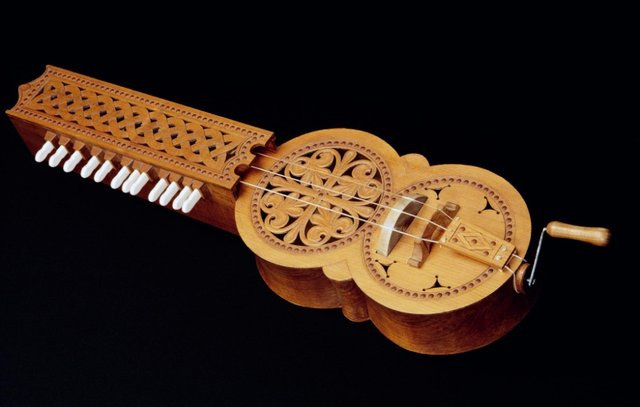
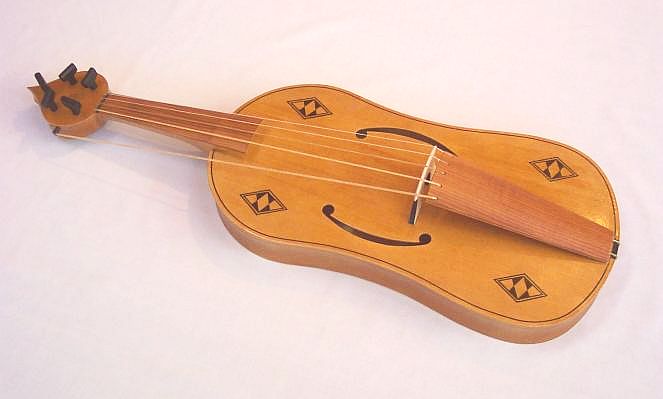
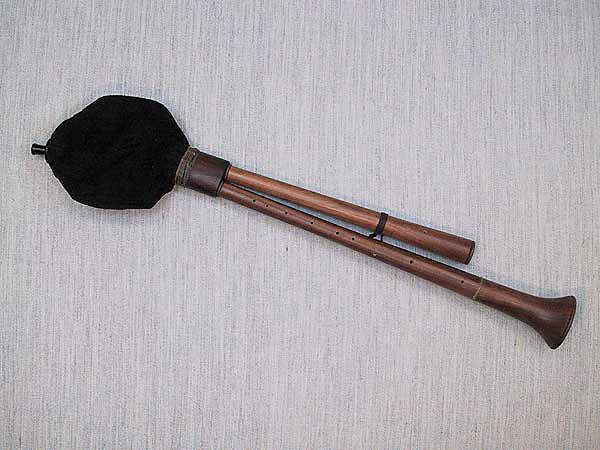
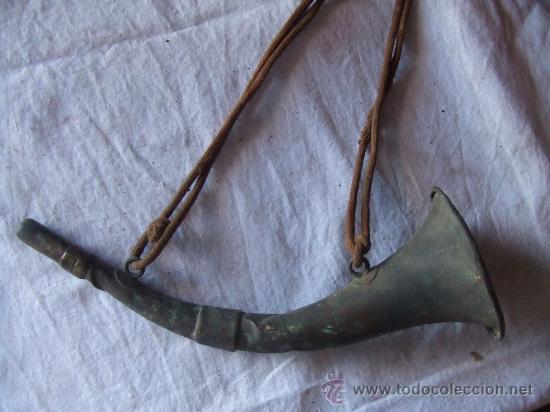
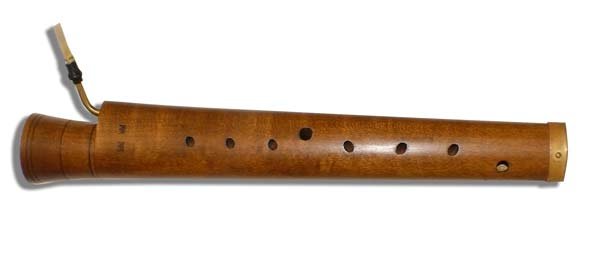
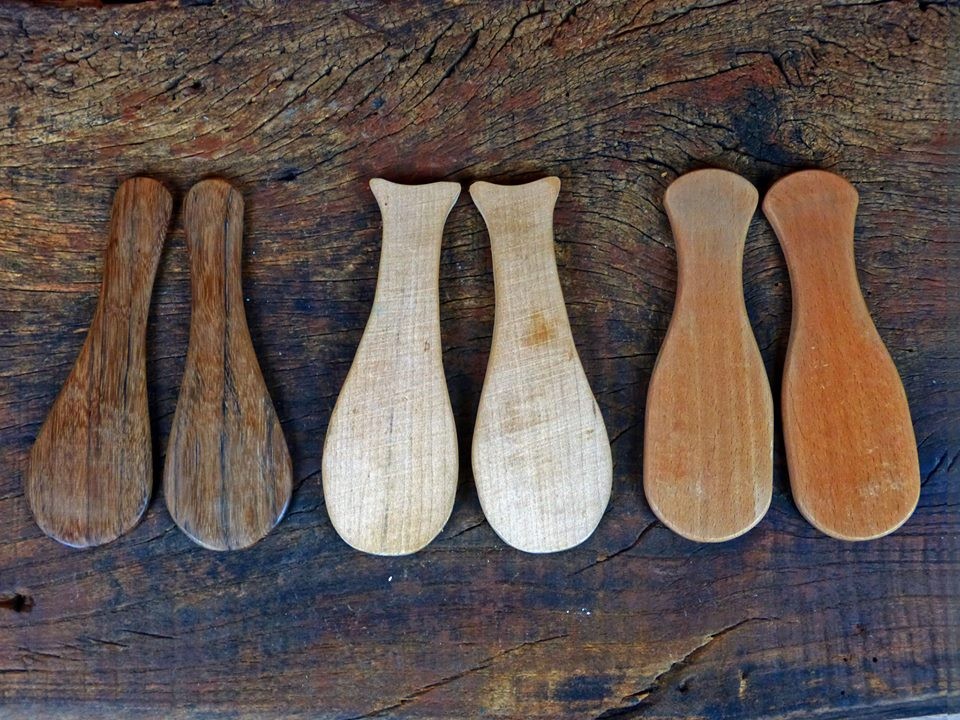
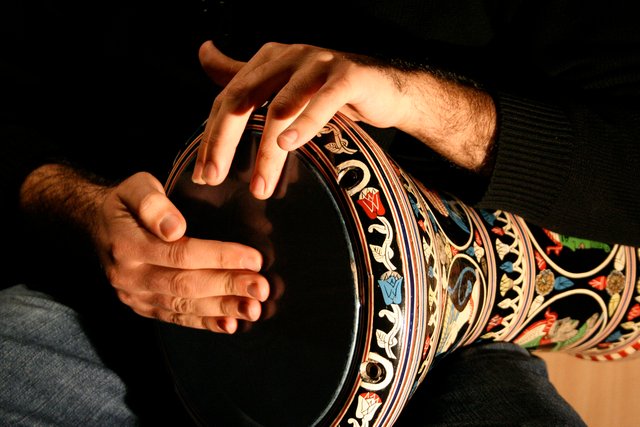
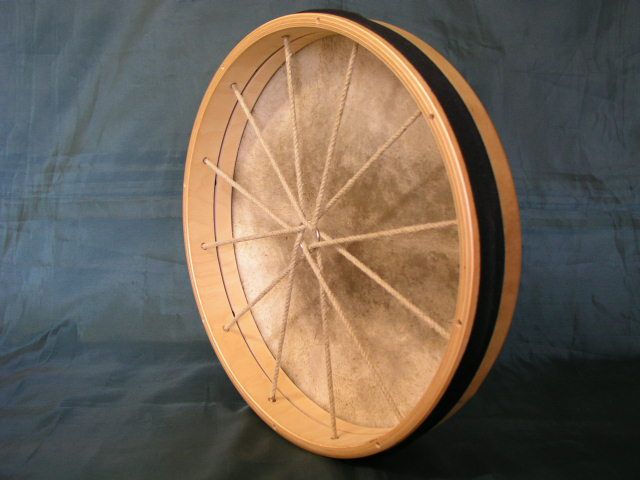
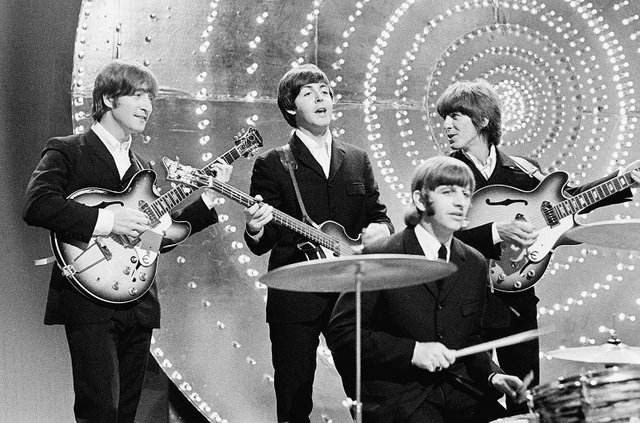
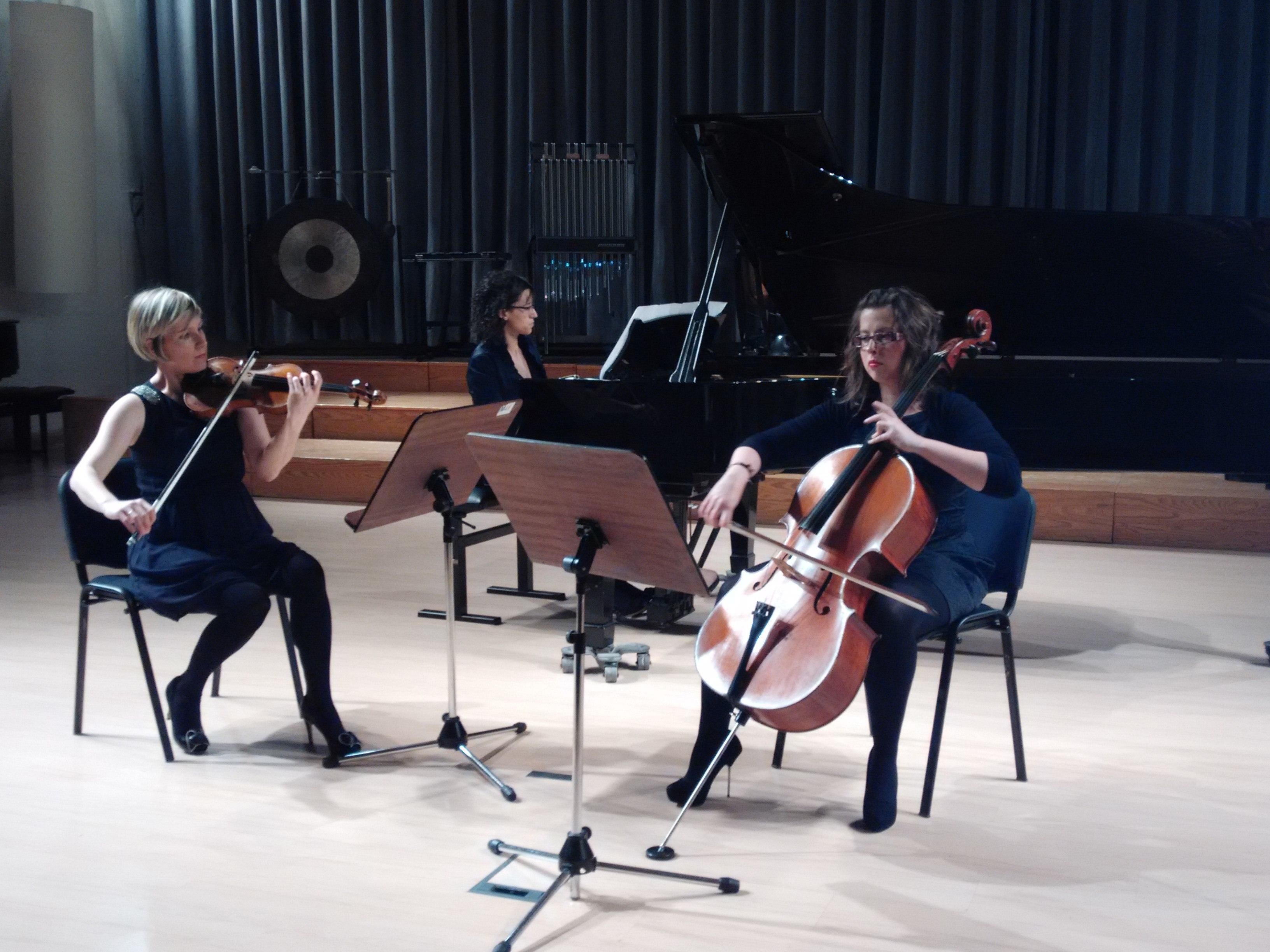
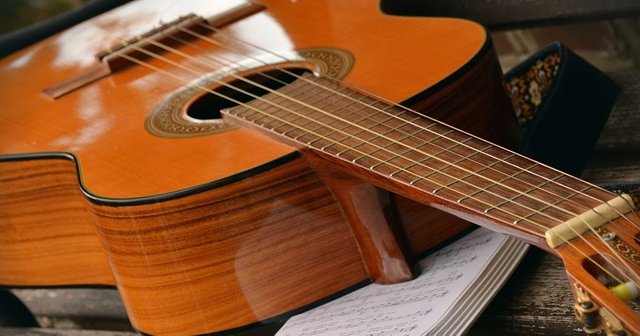
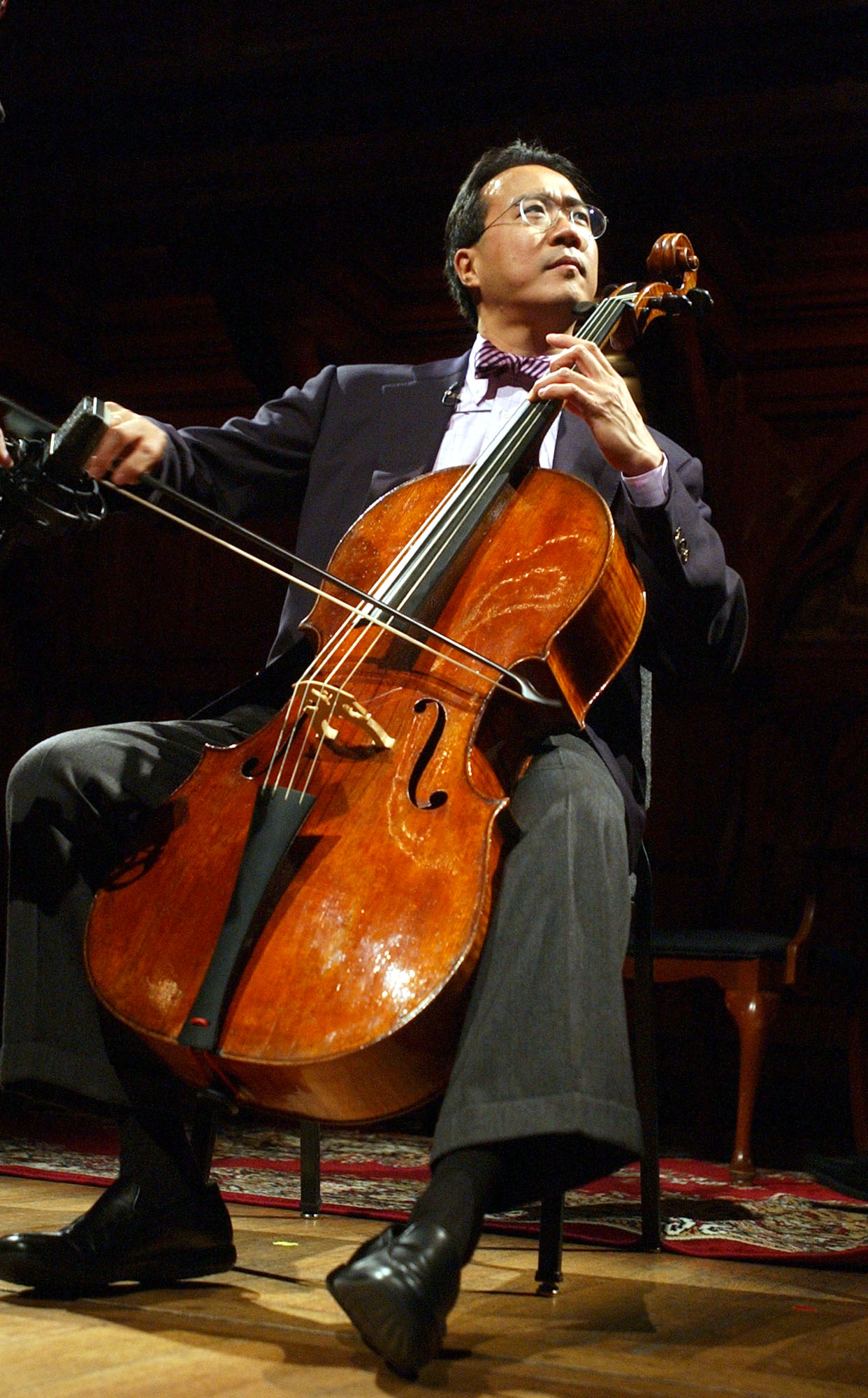
.jpg)
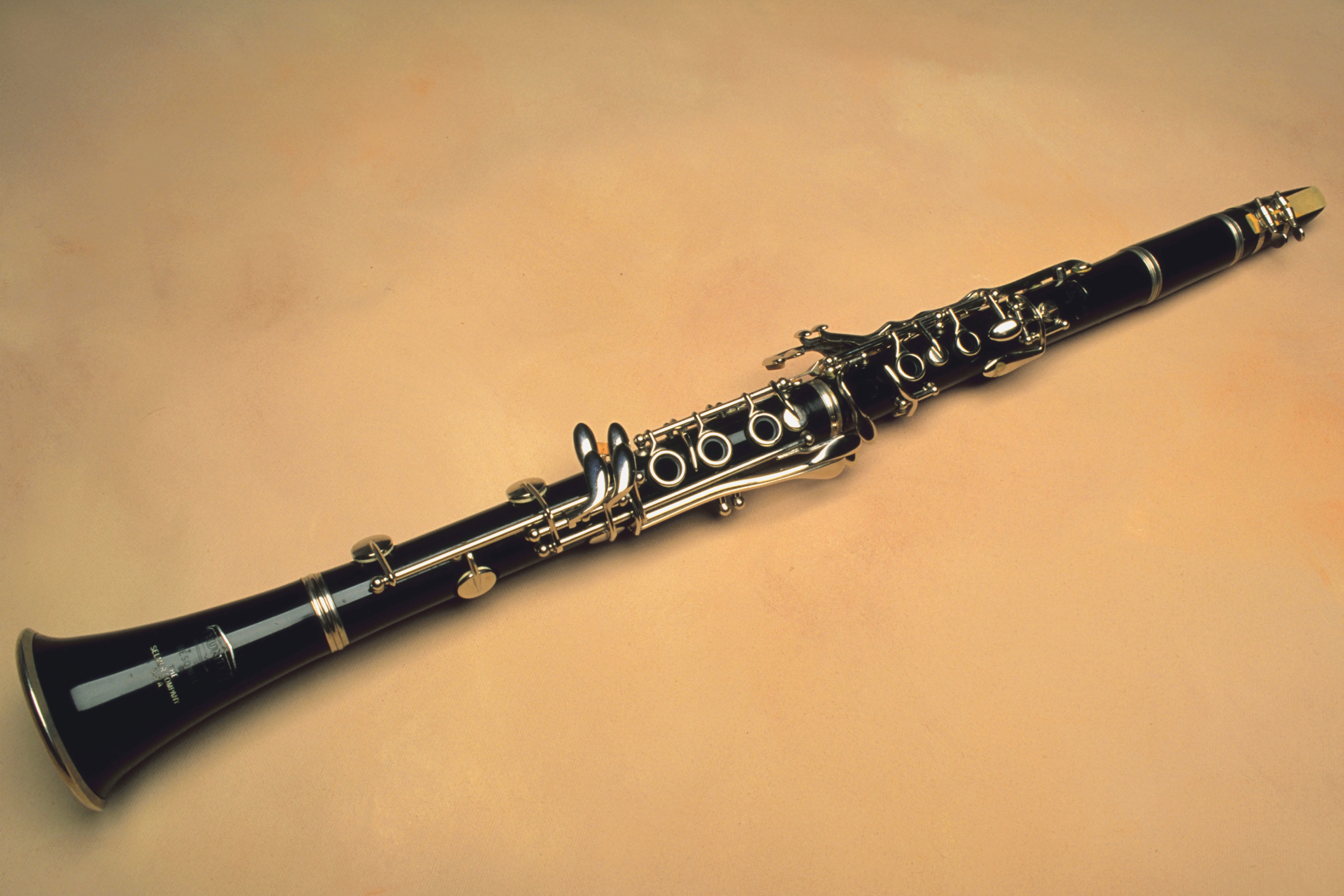
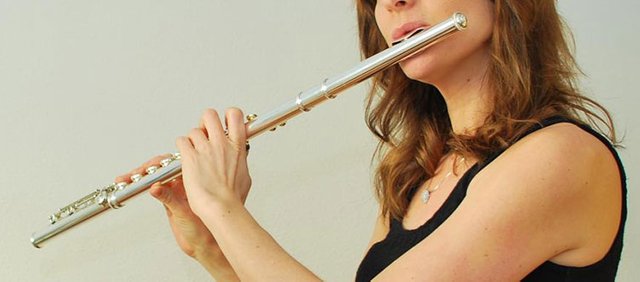
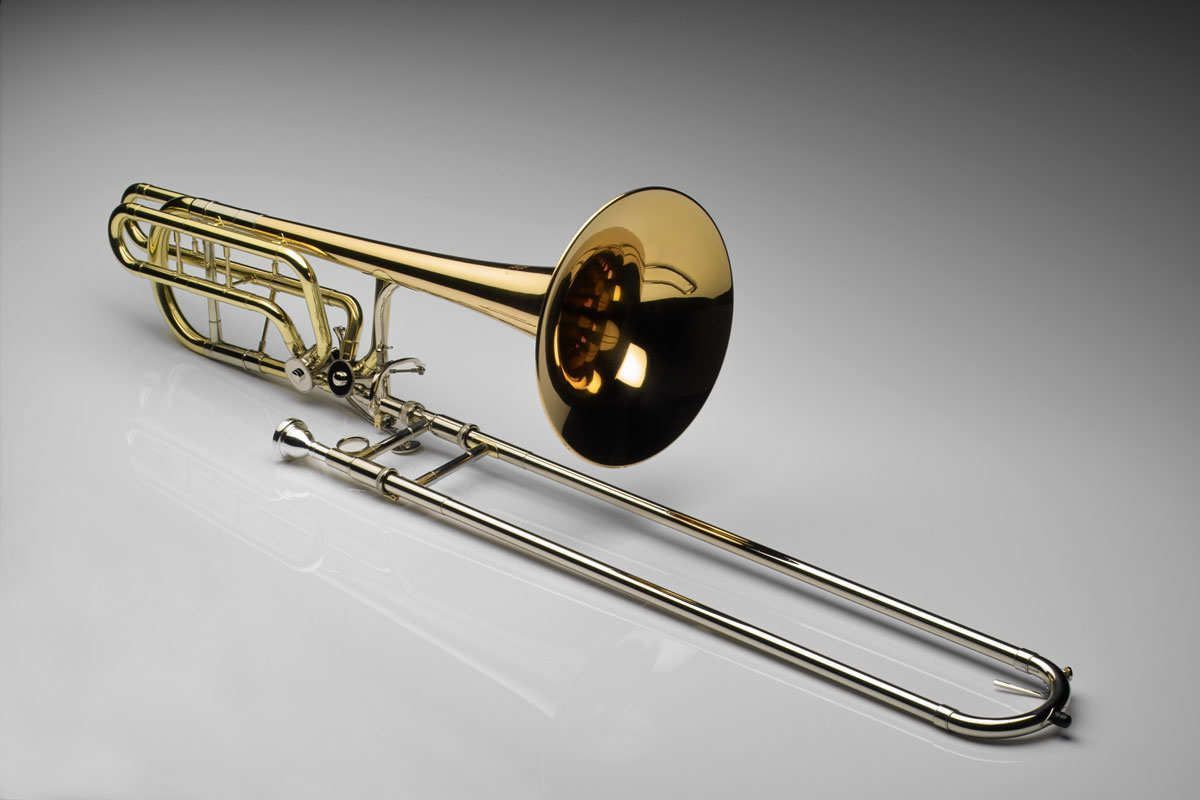
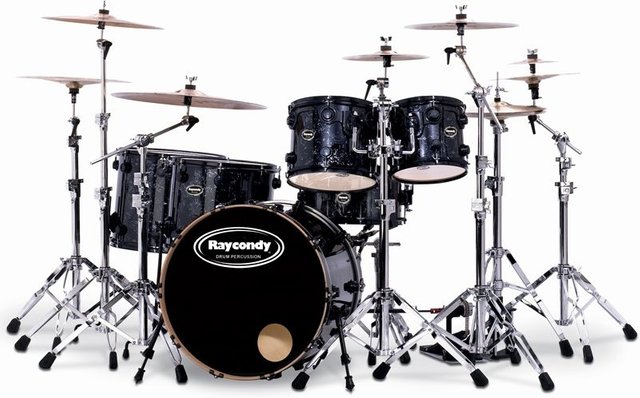
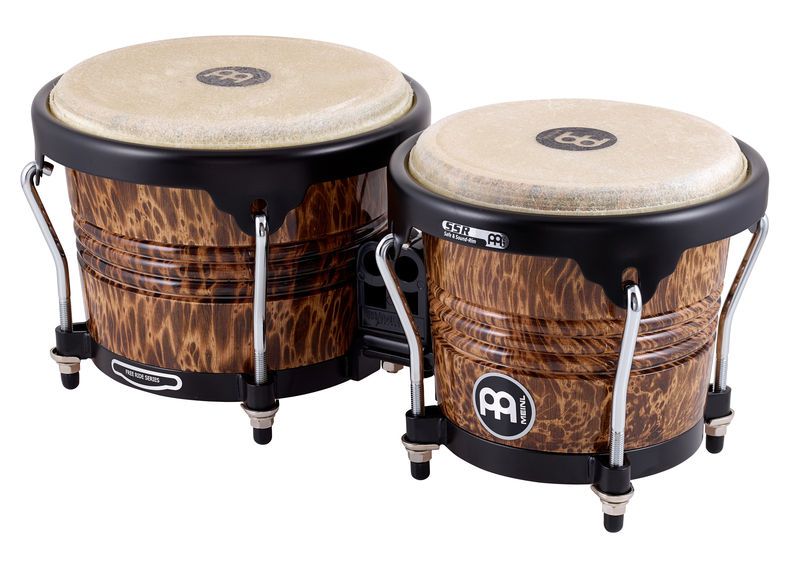

Sad to see the arts being chipped away little by little in schools
Yes friend, that is the sad reality that we are living.
Really nice. Can you mention the references? then i will promote it. thanks.
I forgot to place it, I already put it @sbd.giveaway
This is actually some remarkable work! Followed
thanks!!